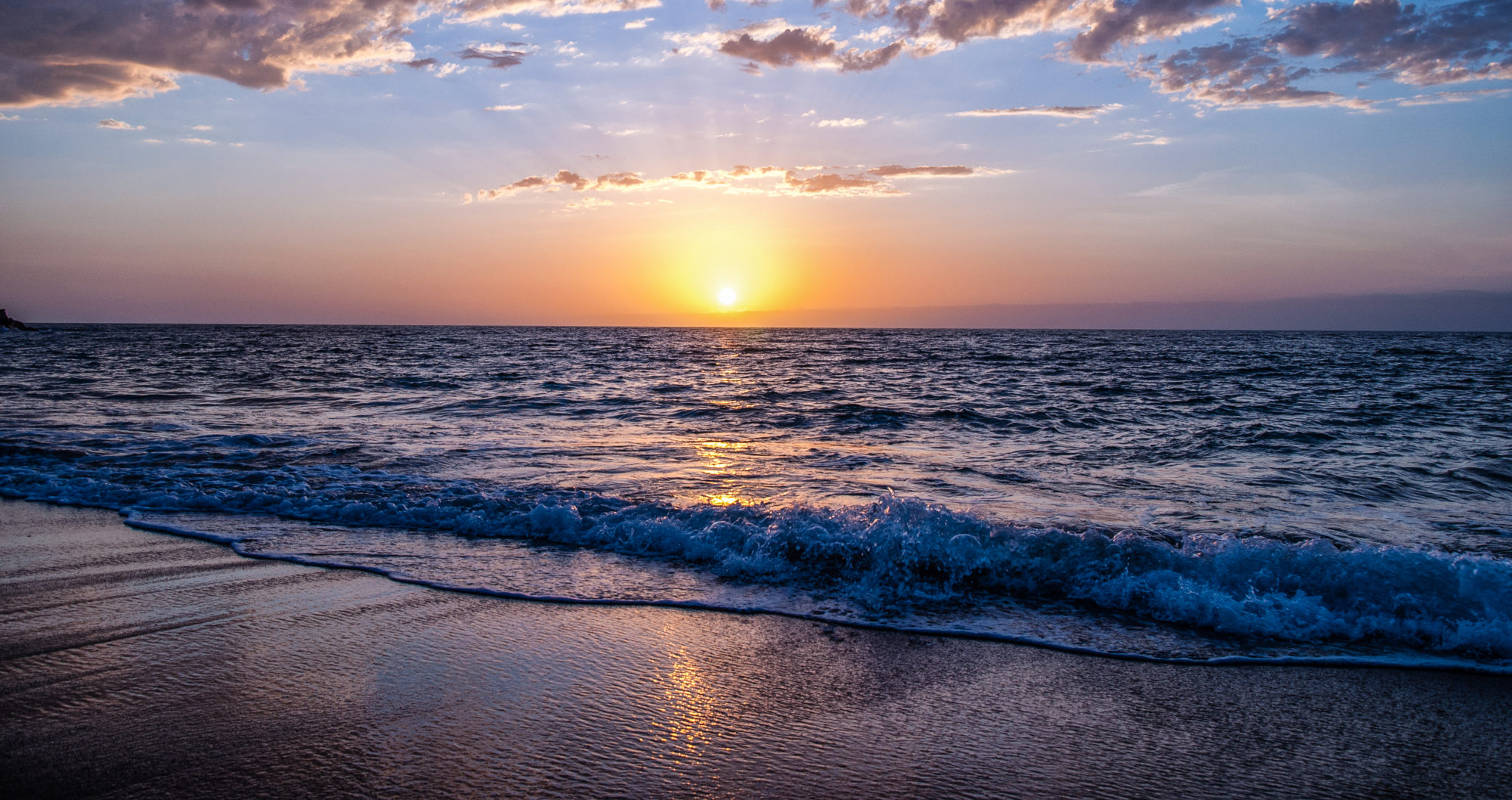Meal planning is a past time for me. I tend to be thinker and a planner so it suits me well. In my early days of meal planning, when I did not know all the recipes that I know now, I would sit for three to five hours simply “meal planning” and by the time I was done, nothing would get made! The main reason why we “meal plan” is so that we can have food available to eat at the time when we need it. Also, another benefit of meal planning is to get out of bad eating habits by making more nutritious food options available. Still, the meal plan is not the magic solution, it is simply a tool that can be used to support meeting your intentions. The most exciting part about a meal plan (for all my planners out there), is that it helps in reflecting on what went wrong to make changes for the better in the future.
Some challenges with meal planning includes: buying to much food, not having time to prepare the food, not knowing what is best for your body and goals, budgeting, not knowing recipes, etc. Although I am a planner, I am very creative so even though I make a plan, I usually do not follow it exactly. The planning process is simply a thought process to look at the big picture and then strategize from there. As I have continued to meal plan, know myself and learn, I have gotten more accurate with executing my meal plan.
My approaches to meal planning vary depending on my mind set and what my intentions are. In a nutshell, my approaches to meal planning may be:
- Looking at the fresh produce in my fridge and planning how I can use it before it goes bad.
- Planning to have plenty of healthy, nutrient dense and satisfying options available to me so that I can avoid foods that are not so great.
- Planning to have a breakfast, lunch, and snacks packed the night before a big day, so that I feel supported, nourished and sustained to do the work of my day.
- Planning to adopt a new way of eating, where will consider my budget and time to purchase new ingredients and try new recipes. Usually these become long term plans because no matter how you slice it, it takes time to learn new ways of preparing food!
My ideal meal plan: Eating raw foods for breakfast, lunch and snacks, and having one cooked meal for dinner. Also, I new habit that I want to practice is to finish eating before dark.
Breakfast
- Fruit
- Smoothie
- Pudding
Lunch
- Salad
- Wrap
- Sandwhich
Dinner
- Cooked Meal
- Whole Grains
- Beans/Legumes
- Veggies
Dessert
- Fruit
- Raw Chocolate
- Smoothie
Snack
- Fresh or dried fruit
- Soaked nuts
- Raw energy bar or bites
To start your own meal plan, think about the foods that you want to eat. If you are new to meal planning, I would recommend starting with a small intention first. For example, simply plan out one meal a day such as breakfast, lunch or dinner. If you want to incorporate healthier recipes into your lifestyle, I recommend using the Pinterest app on your phone or computer to look up and keep recipes that you like. Pinterest is visually engaging and makes it easy to search for recipes with specific ingredients you like or the types of foods that you like. There are also info-graphics that can give you information about nutrition that can help with making healthy choices. My approach to meal planning is to have fun with it! It’s about getting excited about trying new recipes and enjoying food when you have created it yourself!
What is your ideal meal plan? Do you know what foods are best for your body type and goals? Where would you start today?
